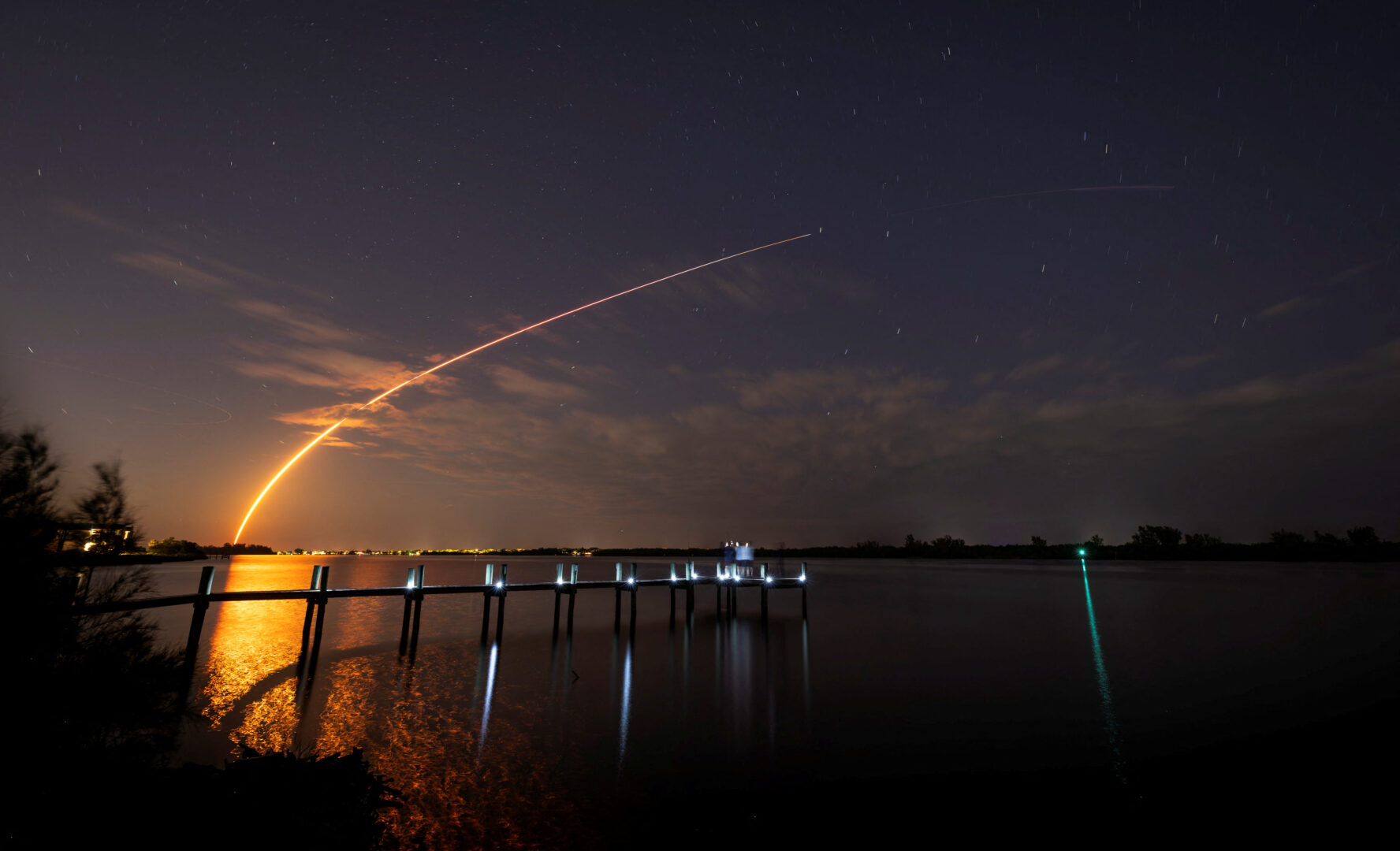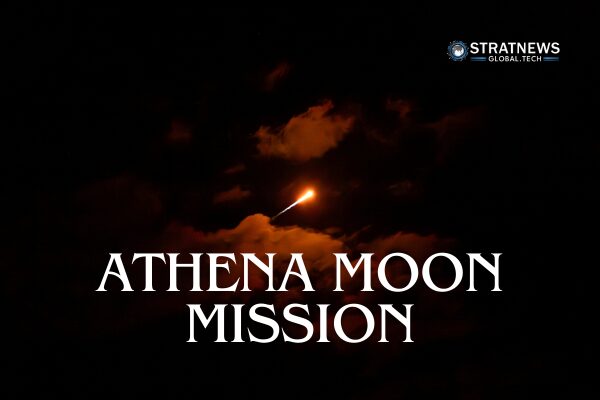Intuitive Machines Athena Lander Begins Journey to the Moon
Intuitive Machines successfully launched its second moon lander, Athena, on Wednesday aboard a SpaceX rocket. The mission marks the latest private US moonshot, following the company’s first attempt last year, which ended with a toppled landing.
Athena, a six-legged lander about the height of a giraffe, will take approximately a week to reach the moon. It is scheduled to land on March 6 at Mons Mouton, a flat-topped mountain located roughly 100 miles (160 km) from the lunar south pole. The lander carries various scientific instruments, including a hopper rover designed to test mobility on the lunar surface.

Improvements After First Moon Landing Attempt
Last year, Intuitive Machines’ first lander, Odysseus, managed to reach the moon without crashing but landed at a much higher speed than expected. This caused it to tip over, rendering many of its onboard experiments unusable.
To improve Athena’s chances of a successful landing, engineers have upgraded the lander’s laser altimeter, which was partly responsible for the previous mission’s rough touchdown. Despite these improvements, company executives acknowledge the challenges of lunar landings.
“We definitely have fixed the laser altimeter this time, and that part will work,” said Trent Martin, the company’s senior vice president of spacecraft. “But you never know what that other thing is that’s going to jump up and bite you.”
Science and Technology Aboard Athena
Athena carries multiple payloads, including a rover developed by Japan’s Dymon Co. Ltd and 4G communication technology from Nokia. Additionally, a small data center from startup Lonestar Data Holdings will be tested on the moon’s surface.
NASA has also placed two instruments on the lander, designed to drill three feet into the lunar surface. These instruments will analyse the moon’s composition and search for ice or other potential resources that could support future space missions.
The mission aligns with NASA’s Artemis program, which aims to prepare for crewed lunar missions by testing new technologies and gathering essential data. Other companies, such as Firefly Aerospace and Astrobotic, are also contributing landers to support these efforts.
The Future of Private Moon Missions
Athena’s landing attempt is scheduled for March 6, with a planned 10-day mission on the lunar surface. Meanwhile, other landers are on their way to the moon, including Firefly’s Blue Ghost, which is set to attempt its first landing soon, and a lander from Japan’s ispace, expected to touch down in the coming months.
NASA plans to continue its moon missions, eventually using SpaceX’s Starship to return humans to the lunar surface by 2027. However, shifting political priorities could impact the focus of US space exploration. While former President Donald Trump and SpaceX CEO Elon Musk have expressed interest in prioritising Mars exploration, companies like Intuitive Machines remain adaptable.
“Obviously, you have to play the game that is in front of you,” Martin said. “And as a company, we’re not overlooking those things.”
With inputs from Reuters


